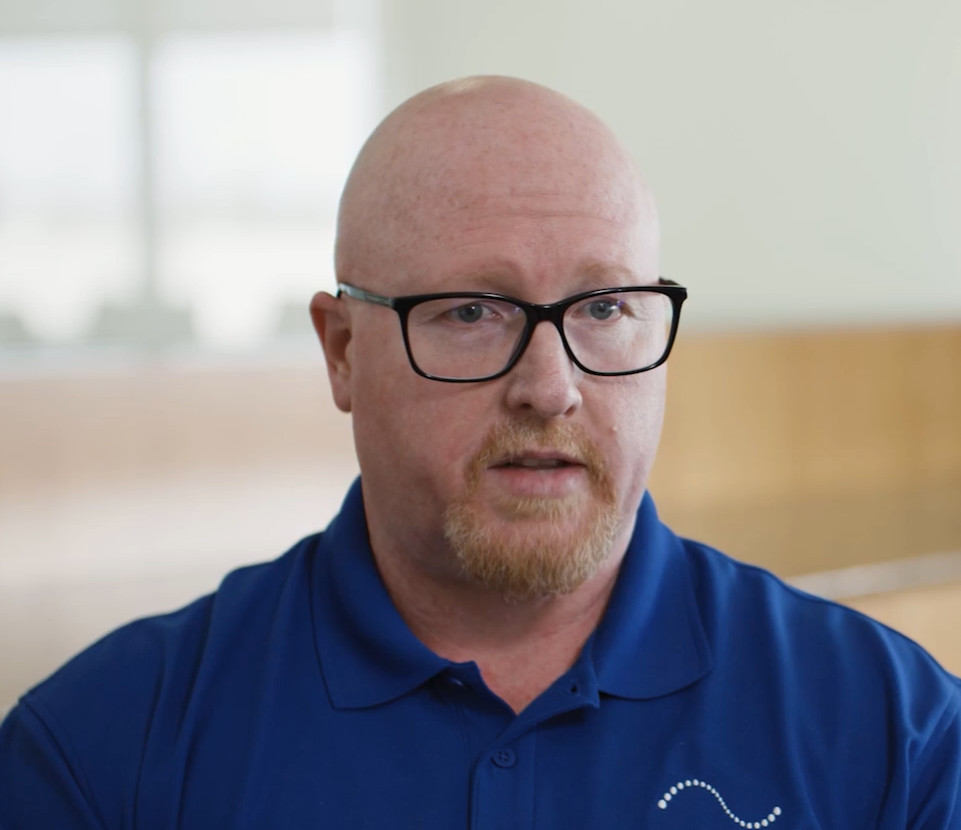Sleep apnea basics
What you need to know to get ready to start therapy.
Learn more about sleep apnea, helpful tips, resources and watch people like you share their video stories about starting CPAP therapy. Keep scrolling to explore what you should know.
Getting ready to start sleep apnea therapy
When you first learn you have sleep apnea and are prescribed CPAP therapy, you may feel overwhelmed. That’s normal! But it’s also important not to become discouraged, and to start learning the basics about what to do next and what to expect.
Step 1
Understand your sleep test results
After your sleep test, you and your doctor will go over your results together and discuss your diagnosis. If you have sleep apnea, you will discuss the severity level, possible health effects and treatment options. Here are some common medical terms that you may see in your results.
This is when you stop breathing during sleep. For obstructive sleep apnea, it’s when the entire airway is blocked, preventing air from entering the lungs.
A reduction in airflow by 30% or greater associated with a similar reduction in the movement of your chest and stomach, as well as a 3% (4% for Medicare guidelines) or greater fall in the blood oxygen level2.
The severity of sleep apnea can be measured by the average number of times per hour someone had an apnea or hypopnea while they slept.
Measures the number of times per hour that the level of oxygen in the blood drops below a normal level.
This is the average number of respiratory disturbances – including apneas, hypopneas and other respiratory events – per hour of sleep.
Step 2
Your CPAP equipment: how it works
CPAP equipment is used to treat sleep apnea. There are 4 products that all work together to deliver your therapy: the machine, a mask, tubing and Resmed myAir app. The CPAP machine creates the airflow that is pushed through the tubing, to the mask, and into your lungs.
Step 3
Resmed myAir app: track your therapy
myAir™ app is a free online support program and app3 that syncs with your mobile or web-based device to provide a nightly sleep score, coaching and more to help you stay on track.
Step 4
Your insurance, compliance and therapy data: what you should know
Many insurance providers require proof of a 90-day therapy compliance period in order to cover your equipment. This means showing that you can stay on therapy for a full 90-day period.
Your CPAP machine automatically transmits your nightly data to your equipment provider and your doctor so they can monitor your compliance. If your therapy usage and data is not consistent with the required amount of time, your insurance provider may not cover the cost of your CPAP equipment.
References
- Source: Benjafield AV et al, “Estimation of the global prevalence and burden of obstructive sleep apnoea: A literature-based analysis”. Vol 7:8; 687-98. Lancet Respir Med 2019. Statistic based on US findings for adults aged 30-69.
- Source: Lianne M et al., “Effects of Continuous Positive Airway Pressure on Fatigue and Sleepiness in Patients with Obstructive Sleep Apnea: Data from a Randomized Controlled Trial.” Sleep. 2011 January 1; 34(1): 121–126.
- Source: The myAir for Air10™ by Resmed app is available in English only in US, Canada, New Zealand and Australia, and in Korean in Korea.















